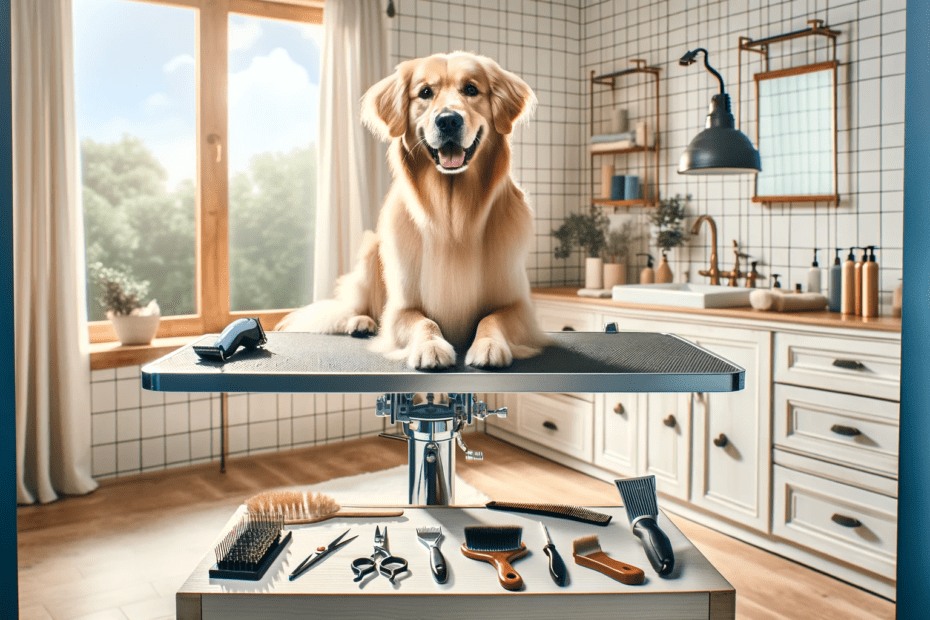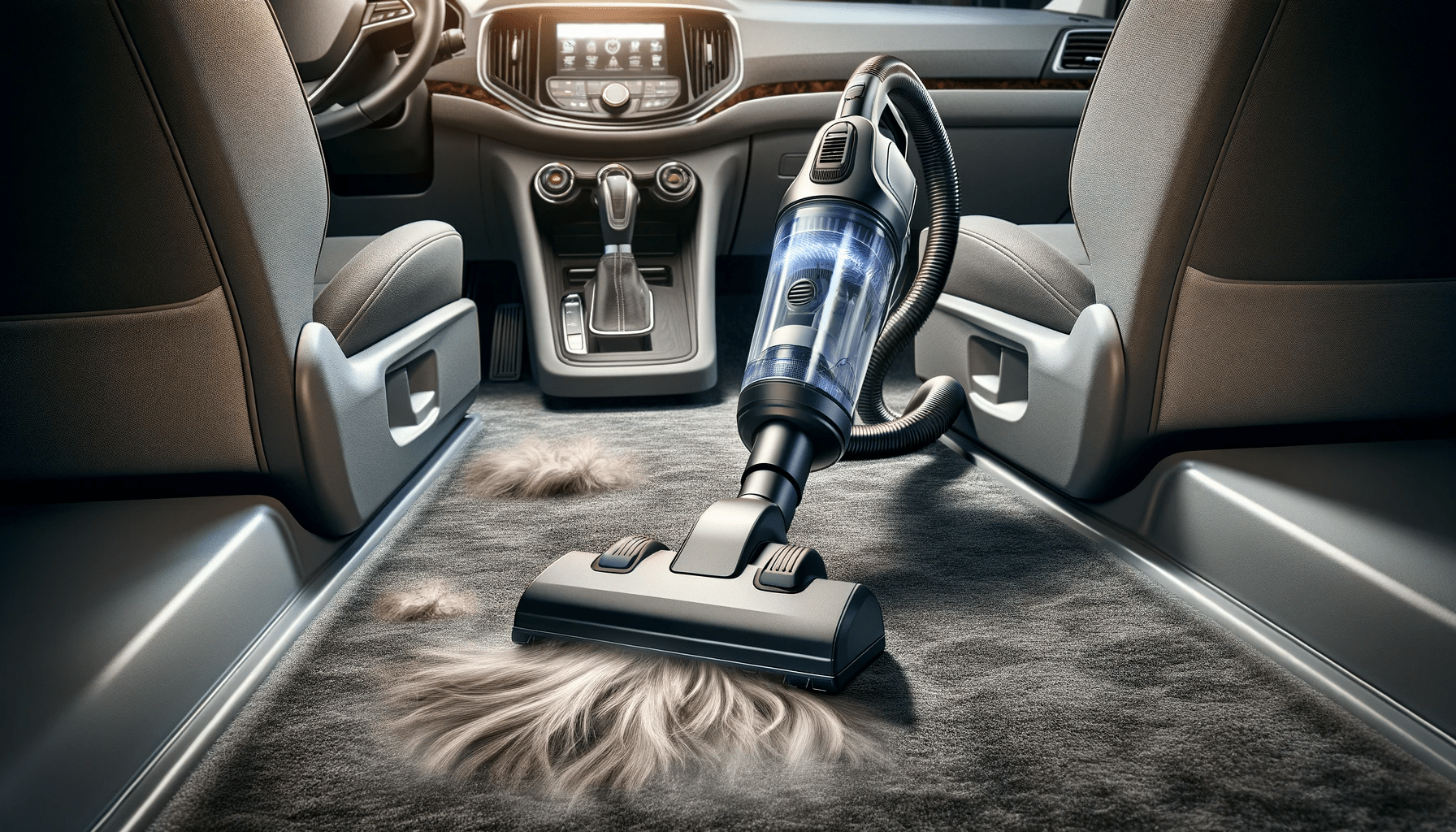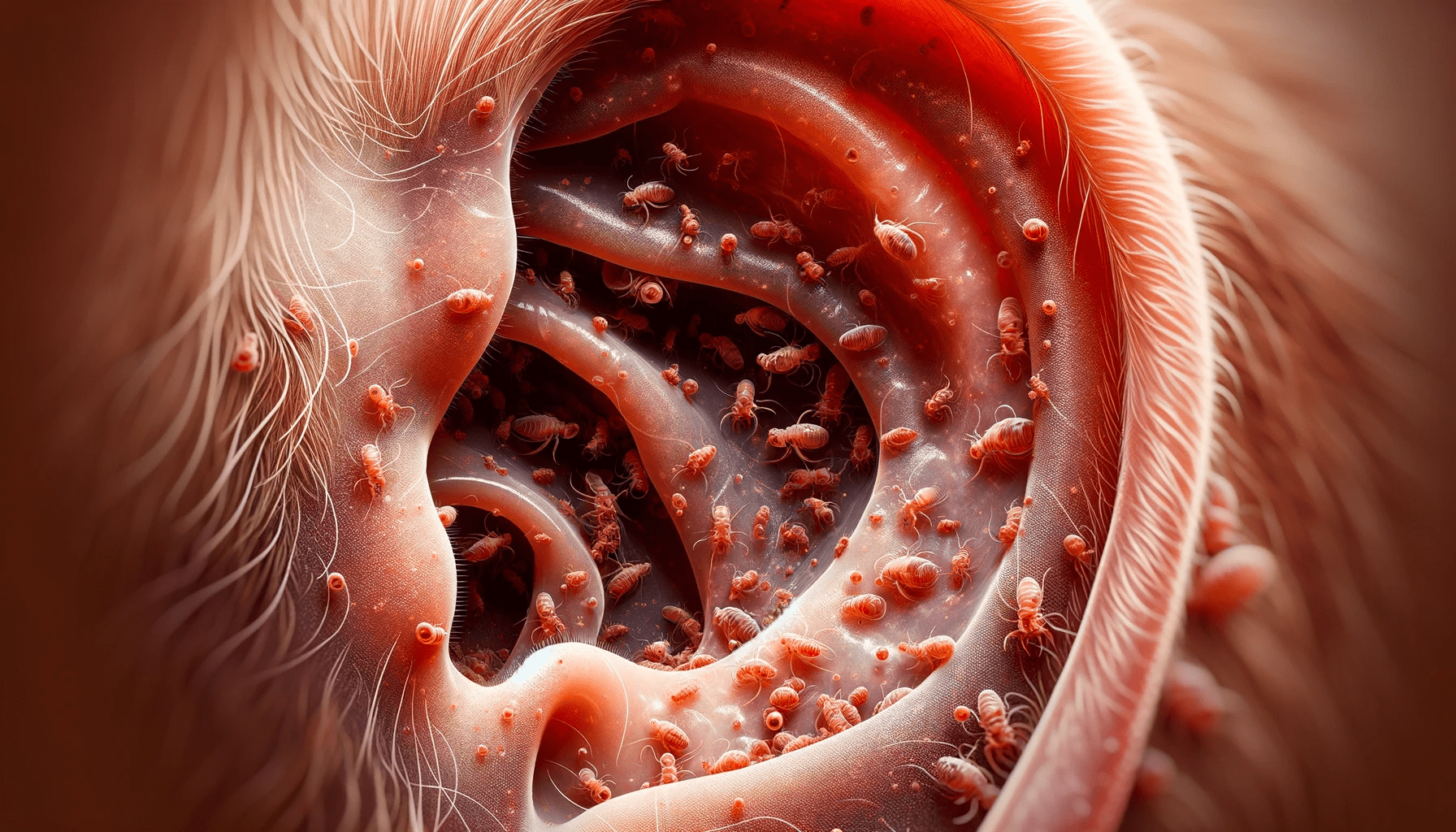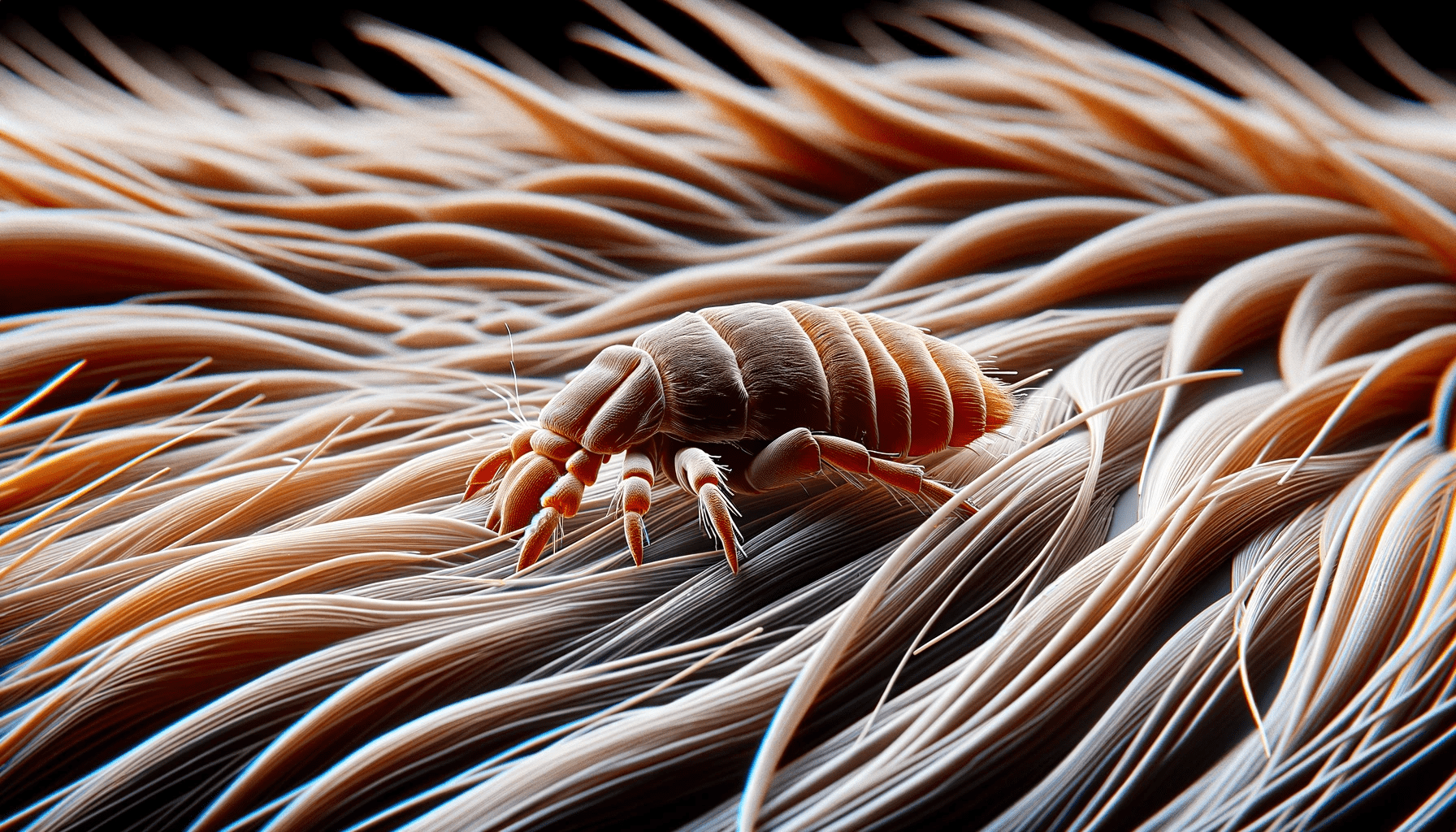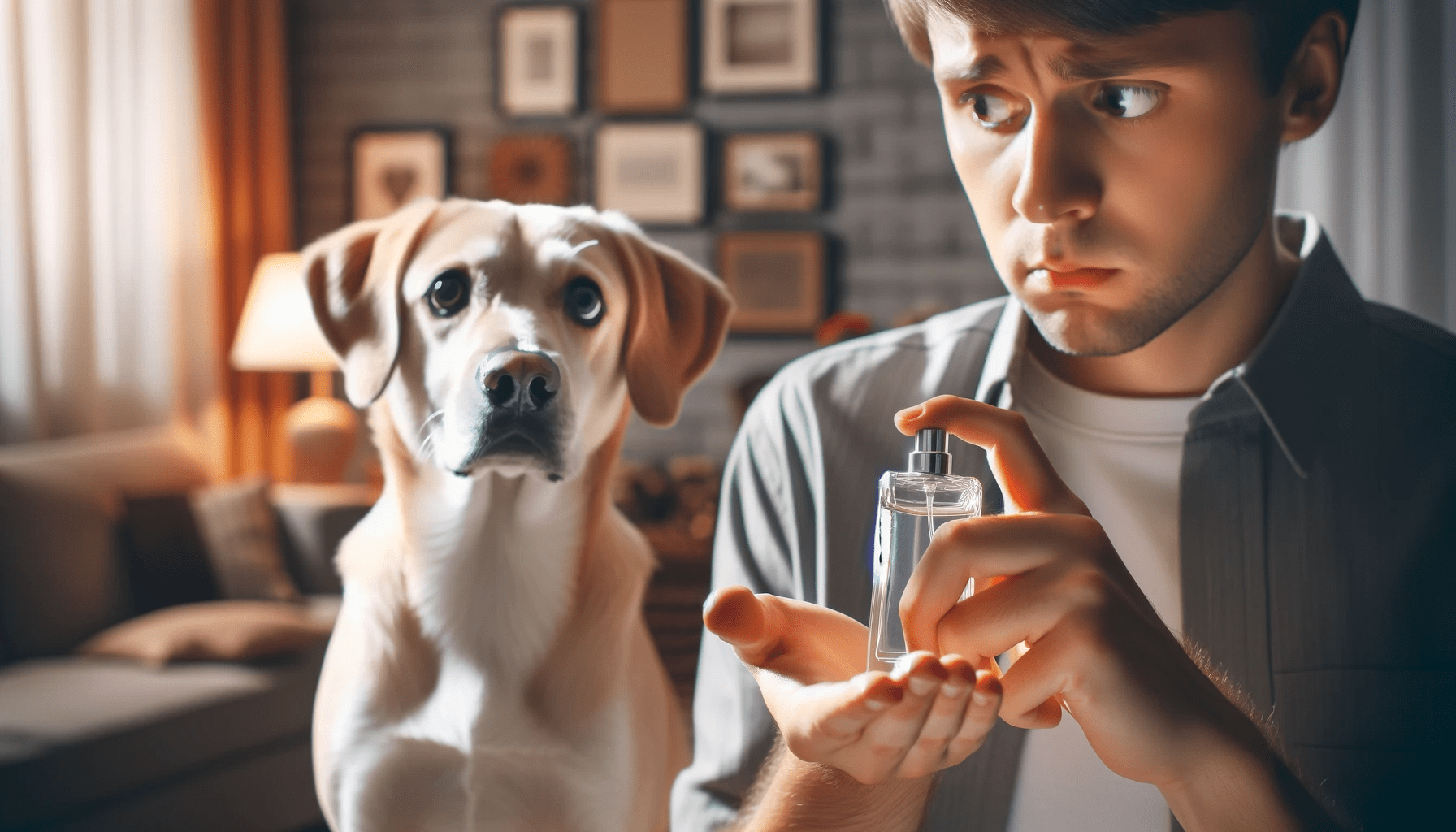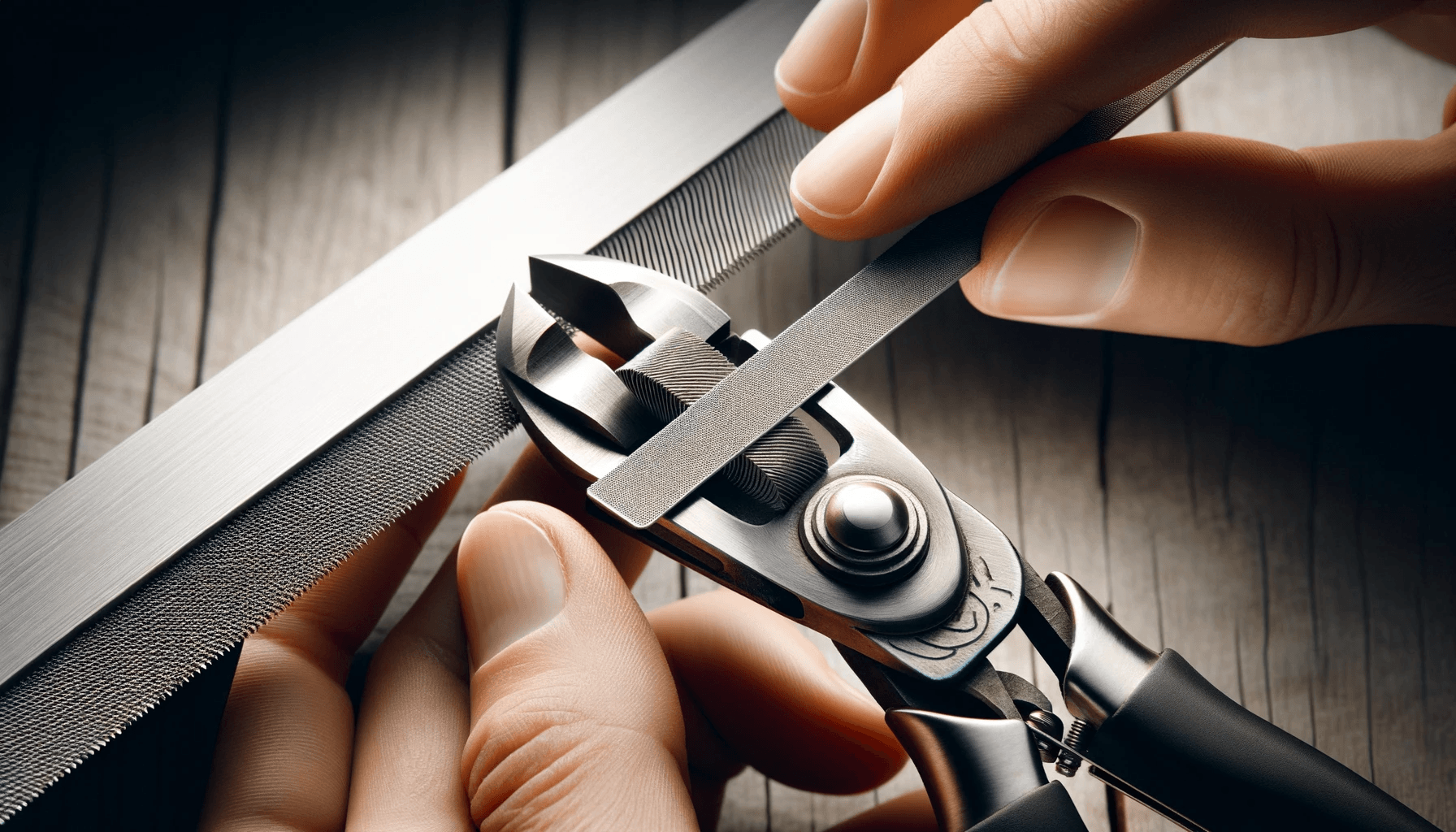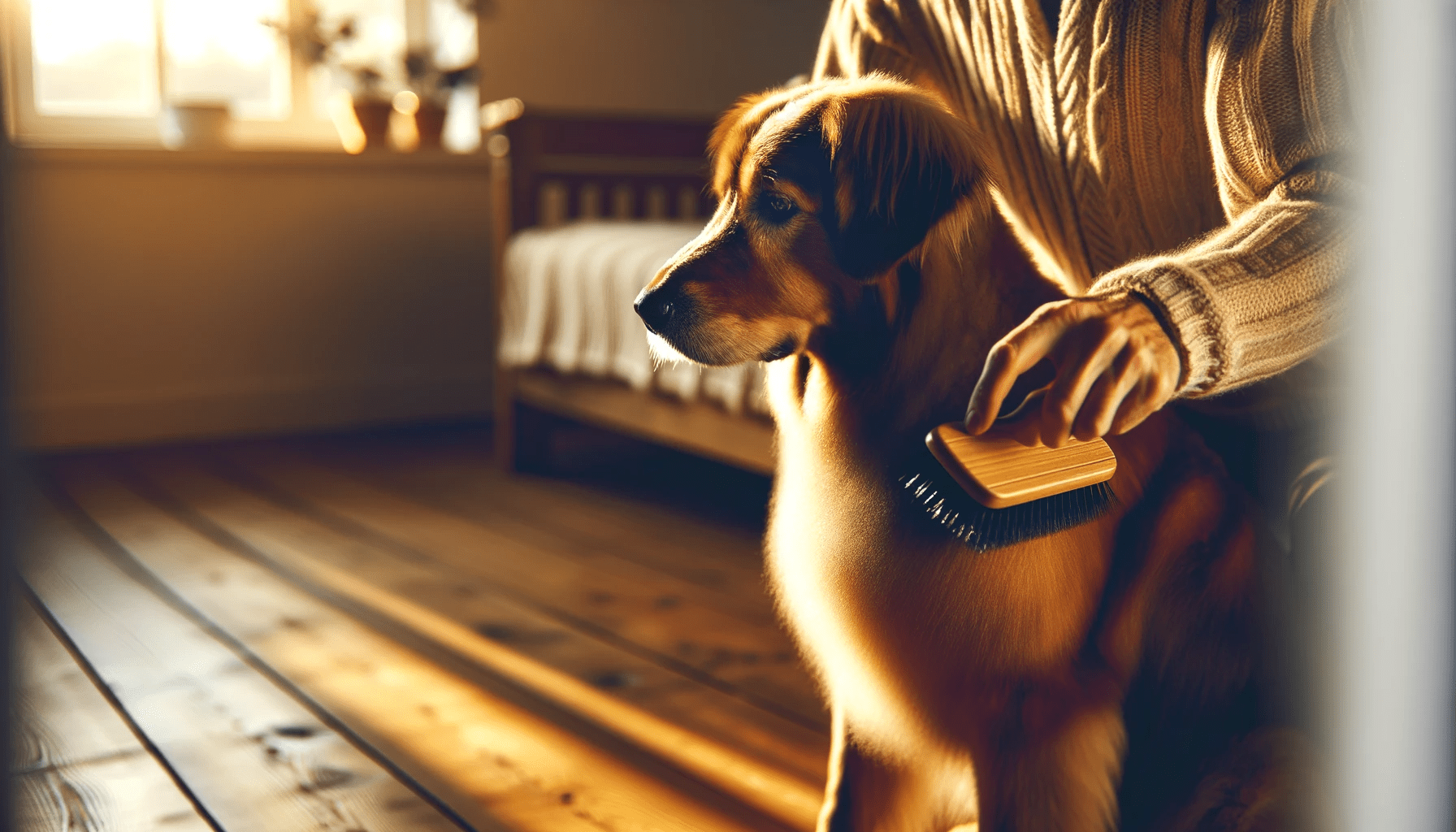Are you tired of spending a fortune on professional dog grooming? Look no further! In this article, we will guide you through the world of DIY dog grooming, comparing techniques that you can easily do at home.
From brushing and bathing to nail trimming and dental care, we've got you covered. Discover the secrets to keeping your furry friend looking fresh and fabulous without breaking the bank.
Let's get started!
Key Takeaways
- Different dog breeds require different brushing techniques, such as using a slicker brush or rubber curry brush for short-haired breeds and a wide-toothed comb for long-haired breeds.
- Regular brushing, at least once a week for short-haired breeds and two to three times a week for long-haired breeds, is crucial to prevent matting and maintain a healthy coat.
- When bathing your dog at home, use a dog-specific shampoo to avoid irritating their sensitive skin, and make sure to thoroughly wet their coat before applying the shampoo.
- For nail trimming and paw care, you can choose between clippers and grinders. Clippers are quick and efficient, while grinders provide a smoother finish and are better for dogs with sensitive feet. Regular nail trimming is important to prevent discomfort and overgrowth.
Brushing Techniques for Different Dog Breeds
When brushing your dog at home, it's important to understand that different breeds require different brushing techniques. For short-haired breeds, a slicker brush or a rubber curry brush can be used to remove loose hair and keep their coat looking shiny. These brushes have fine bristles that penetrate the topcoat without damaging the skin. It's recommended to brush short-haired breeds at least once a week to prevent matting and to promote healthy skin and coat.
On the other hand, long-haired breeds require more frequent brushing to prevent tangles and matting. Start by using a wide-toothed comb to remove any knots or tangles, starting from the ends and working your way up to the roots. Then, use a slicker brush to remove loose hair and to keep the coat looking smooth and silky. Regular brushing, at least two to three times a week, will help to maintain the length and health of their coat.
Remember to be gentle and patient when brushing your dog, regardless of their breed. Use positive reinforcement and treats to make the experience enjoyable for both of you. By using the appropriate brushing techniques for your dog's breed, you can ensure that their coat stays healthy, clean, and free of mats and tangles.
Bathing Tips and Tricks at Home
To ensure a successful bathing experience at home, start by gathering all the necessary supplies and preparing a safe and comfortable bathing area for your dog. Before you begin, make sure you have bathing accessories such as dog shampoo, a brush or comb, a towel, and a non-slip mat for the bathtub or shower. It's important to choose a shampoo that's specifically formulated for dogs, as human shampoos can be too harsh for their sensitive skin.
When it comes to actually bathing your dog, remember to use warm water and wet their coat thoroughly. Apply the shampoo and lather it gently, avoiding their eyes and ears. Rinse your dog thoroughly, making sure to remove all the shampoo to prevent any skin irritation.
After the bath, it's time to dry your dog. You can use a towel to gently pat them dry, being careful not to rub their fur too vigorously. If your dog has a thick coat, you may also consider using a blow dryer on a low heat setting, keeping it a safe distance from their skin.
Nail Trimming and Paw Care Methods
When it comes to nail trimming and paw care for your dog, you have two main options: clippers or grinders. Clippers are a more traditional method and work well for most dogs, but grinders provide a smoother finish and are great for dogs with thick nails.
It's important to prevent overgrowth and injury by regularly trimming your dog's nails. For anxious dogs, it's essential to handle them with care and use techniques to keep them calm during the grooming process.
Clippers Vs. Grinders
If you're looking to trim your dog's nails and care for their paws at home, one option to consider is using clippers or grinders. Both methods have their pros and cons, so it's important to choose the best technique for your dog's needs.
Here are some key points to consider:
- Clippers:
- Pros: Clippers are quick and efficient, making them ideal for dogs with thick nails. They're also cost-effective and easy to use.
- Cons: Clippers can be intimidating for some dogs, and there's a risk of accidentally cutting the quick, causing bleeding and discomfort.
- Grinders:
- Pros: Grinders are gentle and allow for more precision, making them a good choice for dogs with sensitive feet. They also reduce the risk of cutting the quick.
- Cons: Grinders can be noisy and may take longer to achieve the desired nail length. They can also be more expensive compared to clippers.
Consider your dog's temperament and nail thickness when deciding between clippers and grinders. Always follow proper techniques and consult a professional if you're unsure.
Preventing Overgrowth and Injury
For proper preventive care, it's essential to regularly trim your dog's nails and maintain their paws. Regular nail trimming is important to prevent overgrowth, which can cause discomfort and affect your dog's ability to walk properly. It also helps prevent accidental scratches and injuries to both you and your dog.
When trimming your dog's nails, be careful not to cut too close to the quick, which is the sensitive part of the nail. Additionally, maintaining your dog's paws involves checking for any foreign objects like thorns or glass pieces, and keeping the hair between the paw pads trimmed to prevent matting.
This can help avoid ear infections that can occur when dirt and debris are brought into the ears through the paws.
Handling Anxious Dogs
To effectively handle anxious dogs during nail trimming and paw care, use gentle and patient techniques. Here are some tips to help you manage and reduce anxiety in your furry friend:
- Create a calm environment: Find a quiet and comfortable space where your dog feels safe. Remove any distractions or loud noises that may trigger anxiety.
- Gradual desensitization: Start by touching your dog's paws gently and rewarding them with treats. Slowly introduce the nail clippers or paw care tools, allowing your dog to sniff and investigate them.
- Positive reinforcement: Reward your dog with treats, praise, and affection throughout the grooming process. This will help associate nail trimming and paw care with positive experiences.
- Seek professional help if needed: If your dog's anxiety persists or worsens, consider consulting a professional dog trainer or behaviorist. They can provide guidance and techniques specific to your dog's needs.
Comparing Different Types of Dog Shampoos
When it comes to dog shampoos, there are a few key points to consider.
Firstly, you have the choice between natural and chemical shampoos, each with its own benefits and drawbacks.
Secondly, if your dog has allergies or sensitive skin, there are hypoallergenic options available that can help prevent any adverse reactions.
Lastly, you can choose between scented or unscented shampoos, depending on your personal preference and your dog's tolerance for fragrances.
Natural Vs. Chemical Shampoos
When comparing different types of dog shampoos, you may wonder about the differences between natural and chemical options. Natural grooming products have gained popularity in recent years due to their potential benefits for both dogs and the environment. On the other hand, chemical shampoos contain synthetic ingredients that may pose certain risks.
To help you make an informed decision, here are the key points to consider:
- Ingredients: Natural shampoos are typically made from organic and plant-based ingredients, whereas chemical shampoos often contain harsh chemicals and artificial fragrances.
- Allergies and Sensitivities: Dogs with sensitive skin or allergies may react negatively to chemical shampoos, while natural options are generally gentler and less likely to cause irritation.
- Environmental Impact: Natural shampoos are biodegradable and have a smaller ecological footprint compared to chemical alternatives, which may contain harmful substances that can pollute water sources.
- Effectiveness: While chemical shampoos may provide immediate results, natural shampoos can still effectively clean and condition your dog's coat, promoting a healthier and shinier appearance over time.
Considering these factors, natural shampoos can be a safer and more eco-friendly choice for your furry friend.
Hypoallergenic Options Available
You can find a variety of hypoallergenic options when comparing different types of dog shampoos. These options are especially beneficial for owners of hypoallergenic dog breeds or dogs with sensitive skin. Hypoallergenic shampoos are formulated to minimize the risk of allergic reactions or skin irritations. They're typically free of harsh chemicals, fragrances, and artificial dyes that can trigger allergies or irritate the skin. Instead, they contain gentle ingredients that cleanse the dog's coat without causing any adverse reactions.
When choosing a hypoallergenic shampoo, look for natural and organic alternatives to traditional grooming products. These options often use plant-based ingredients like aloe vera, oatmeal, or chamomile, which are known for their soothing and moisturizing properties.
Scented or Unscented Choices
To compare different types of dog shampoos, consider whether you prefer scented or unscented options. The choice between scented and unscented grooming products depends on your personal preference and your dog's needs. Here are some factors to consider:
- Sensitivity: If your dog has sensitive skin or allergies, unscented shampoos may be the better choice. Fragrances in scented shampoos can potentially irritate their skin.
- Aromatherapy benefits: Scented shampoos often contain natural essential oils that can have aromatherapy benefits for dogs. Lavender, chamomile, and eucalyptus are known to have calming effects.
- Odor elimination: Scented shampoos can help eliminate strong odors, like those from rolling in something unpleasant or swimming in dirty water.
- Personal preference: Some pet owners simply enjoy the fresh scent that scented shampoos provide.
Consider your dog's specific needs and your own preferences when choosing between scented and unscented grooming products.
How to Handle Ear Cleaning and Grooming
Clean your dog's ears regularly using a gentle and effective technique. Proper ear cleaning is essential for your dog's overall health and well-being. One important step in ear cleaning is ear plucking, which involves removing excess hair from the ear canal. This helps prevent the buildup of dirt, debris, and wax that can lead to ear infections.
To safely and effectively pluck your dog's ears, gently grasp a small amount of hair between your thumb and forefinger and pull it out in the direction of hair growth. Be careful not to pluck too much hair or tug too forcefully, as this can cause discomfort or injury to your dog.
After ear plucking, you can proceed with cleaning the ears using a veterinarian-recommended ear cleaner. Apply a small amount of the cleaner onto a cotton ball or pad and gently wipe the visible portion of the ear canal. Avoid using cotton swabs as they can push debris further into the ear canal and potentially damage the eardrum.
Regular ear cleaning, including ear plucking when necessary, is an important part of preventing ear infections and maintaining your dog's ear health.
Choosing the Right Grooming Tools for Your Dog
After properly handling ear cleaning and grooming, it's important to choose the right grooming tools for your dog. Here are some tips and tricks to help you select the best dog grooming supplies:
- Brush: Invest in a high-quality brush that's suitable for your dog's coat type. Different brushes, such as slicker brushes for removing tangles and mats, bristle brushes for smoothing and shining the coat, and deshedding tools for reducing shedding, serve different purposes.
- Comb: A comb is essential for detangling and removing small knots. Look for a comb with both wide and narrow-spaced teeth to cater to different areas of your dog's coat.
- Nail clippers: Keeping your dog's nails trimmed is important for their health and comfort. Choose nail clippers that are the right size for your dog's breed and size. Alternatively, you can opt for a nail grinder for a smoother finish.
- Scissors: Scissors are necessary for trimming the hair around sensitive areas such as the face, paws, and tail. Make sure to use grooming scissors with rounded tips to prevent accidental cuts.
Managing and Reducing Shedding at Home
To effectively manage and reduce shedding at home, you can incorporate regular brushing and a healthy diet into your dog's grooming routine. Managing shedding is an important aspect of dog grooming, as excessive shedding can lead to a messy home and potential health issues for your furry friend.
Regular brushing helps to remove loose hair and prevents it from spreading around your house. Choose a brush that's suitable for your dog's coat type, such as a slicker brush for longer-haired breeds or a bristle brush for shorter-haired breeds. Brushing should be done at least once a week, but more frequent brushing may be necessary for dogs with heavier shedding.
Additionally, a healthy diet can contribute to reducing shedding. Make sure your dog's diet includes high-quality proteins and essential fatty acids, which promote a healthy coat. Avoid feeding your dog low-quality, processed foods that can lead to poor coat condition and increased shedding.
Dental Care and Teeth Brushing Techniques
When it comes to maintaining your dog's dental health at home, it's important that you regularly brush their teeth using proper techniques. Dental care is a crucial aspect of your dog's overall well-being, and brushing their teeth can help prevent dental diseases, bad breath, and other oral health issues.
Here are some dental care techniques and the benefits of teeth brushing:
- Use a dog-specific toothbrush and toothpaste: It's essential to use a toothbrush and toothpaste specifically designed for dogs. Human toothpaste contains ingredients that can be harmful to dogs, so always choose dog-friendly products.
- Start slow and be gentle: Introduce teeth brushing gradually to help your dog get accustomed to the process. Use gentle, circular motions to brush their teeth and ensure that you reach all surfaces, including the back teeth.
- Be consistent: Brush your dog's teeth at least two to three times a week, if not daily. Consistency is key to maintaining good dental hygiene and preventing dental problems.
- Monitor their oral health: Regular teeth brushing allows you to monitor your dog's oral health. Look out for signs of gum inflammation, tartar buildup, or any other abnormalities. If you notice anything concerning, consult your veterinarian.
Frequently Asked Questions
How Often Should I Groom My Dog at Home?
You should groom your dog at home regularly, depending on their breed and coat type. Use appropriate grooming products like brushes, shampoos, and clippers. It's important to maintain their hygiene and appearance.
Are There Any Specific Grooming Techniques for Dogs With Sensitive Skin?
When grooming your dog at home, it's important to consider their sensitive skin. Use grooming products specifically designed for sensitive skin and follow these tips to soothe their skin during grooming.
Can I Use Human Shampoo on My Dog?
Yes, you can use human shampoo on your dog, but it is not recommended. Human shampoos may contain ingredients that can irritate your dog's skin. It is best to use a dog-specific shampoo or alternatives like baby shampoo.
What Is the Best Way to Clean My Dog's Ears Without Causing Discomfort?
To clean your dog's ears without causing discomfort, you can use dog ear cleaning products or try natural remedies like a mixture of water and vinegar. Be gentle and make sure to follow proper instructions.
How Often Should I Brush My Dog's Teeth and What Type of Toothbrush Should I Use?
You should brush your dog's teeth regularly to maintain oral hygiene. Use a dog-specific toothbrush and toothpaste. Brush at least 2-3 times a week, but consult your vet for specific recommendations.
Conclusion
In conclusion, DIY dog grooming can be a cost-effective and convenient option for pet owners. By learning and implementing the right techniques and using the appropriate tools, you can effectively groom your dog at home.
From brushing techniques to bathing tips, nail trimming to dental care, there are various aspects to consider. Remember to prioritize your dog's comfort and safety throughout the grooming process.
With practice and patience, you can maintain your dog's hygiene and appearance without the need for professional grooming services.
